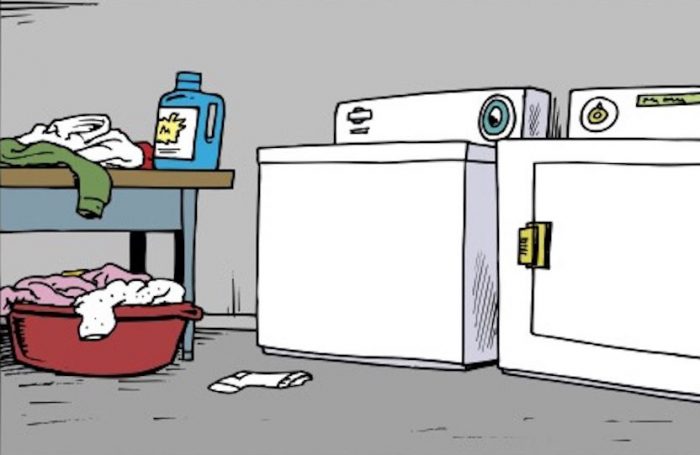Community choice aggregation is a nationwide revolution in energy procurement with transformational implications for Long Island.
The benefits of CCA are threefold. It offers ratepayers an avenue for lower energy costs. It introduces competition into the energy marketplace, incentivizing public utilities to deliver a better product. And it places entire communities down a path toward 100% renewable energy.
The popular fiction is that fossil fuels are cheaper and more efficient than their expensive and immature renewable counterparts. CCA proponents challenge this thinking, stipulating that renewables can outperform fossil fuels with the proper economic structure, a structure supporting energy consumers instead of suppliers.
Classical economics indicates that one company controlling the entire supply of a given commodity constitutes a monopoly. Since the Industrial Revolution, vertically integrated utilities have exercised exclusive control over the supply of energy, setting prices arbitrarily and controlling the market at will.
CCA seeks to flip this dynamic on its head, introducing competition into the energy market using the bulk-buying power of a community of people. Though they are opted in automatically, ratepayers can opt out at any time at no expense. More importantly, CCA gives municipalities a choice over the energy source, with the option to select renewables over fossil fuels.
Competitors’ cheaper, greener power may incentivize utility companies to deliver a better product. If consumers want affordable and renewable energy, the utility’s rational choice would be to invest heavily in renewables and reduce rates. Competition spurs innovation and growth, benefiting all parties.
Here at TBR News Media, we hold that local governments must be highly active and potent and challenge the centralized bureaucracies in Albany and Washington when those fail to deliver meaningful results for our communities. For too long, state-regulated utilities have not done enough to counteract the effects of climate change.
A U.S. Energy Information Administration report notes, “In 2021, renewable sources and nuclear power, together, supplied 54% of New York’s total in-state generation from utility-scale and small-scale facilities.” For New York state to reach its energy goals under the Climate Leadership and Community Protection Act, the report indicates that figure must climb to 70% by 2030.
To meet this task, local governments must do their part, negotiating on behalf of their residents for 100% renewable energy. CCA offers our local officials the means to fulfill this end.
The Town of Brookhaven recently instituted a CCA program for a two-year fixed rate on natural gas prices. Given the volatility of today’s international gas markets, Brookhaven’s program has potential cost benefits.
However, the town has only dipped its toe into the greater CCA dialogue. A gas-exclusive program offers merely the financial rewards of the CCA model without the reduced greenhouse gas emissions. We encourage Brookhaven leaders to study the Town of Southampton’s model, where electricity may soon be procured from 100% renewable sources.
In the meantime, other municipalities should take a close look at CCA. The portside Village of Port Jefferson — already grappling with the hazardous effects of coastal erosion and worsening flooding — could send a strong message by joining this effort. Other municipalities, such as the towns of Smithtown and Huntington, could do so as well.
CCA is a cost-effective, market-friendly and environmentally sustainable policy. For residents and the natural environment, it is time for all our local leaders to take it seriously.
















